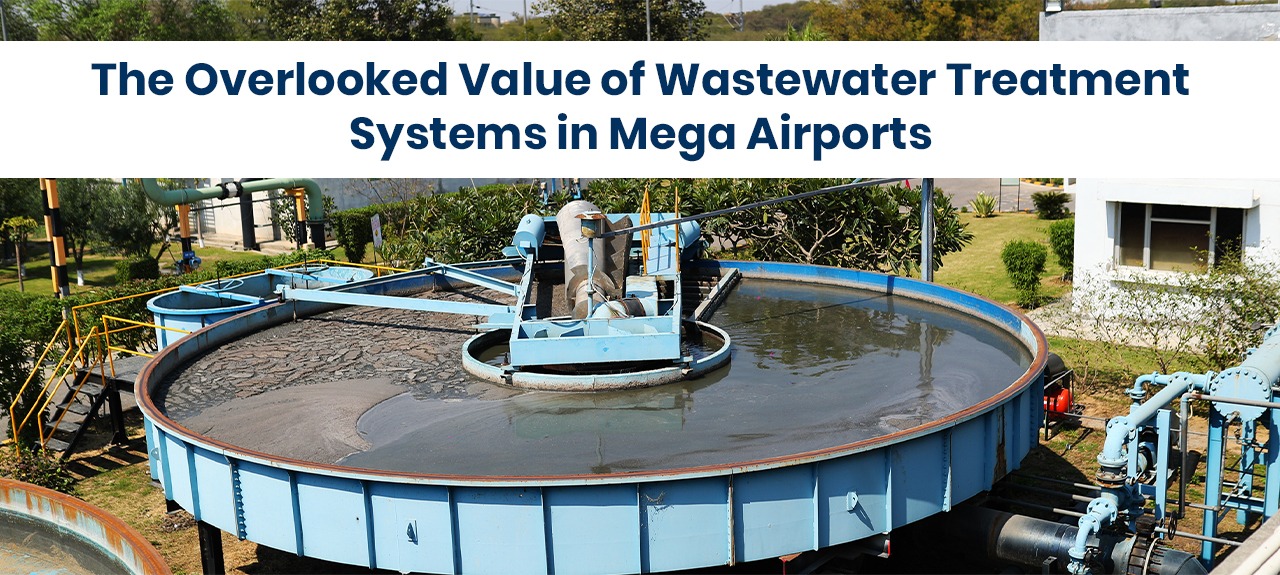
Mega airports are often judged by what passengers can see: runways, terminals, baggage systems and security technologies. Beneath that visible infrastructure...
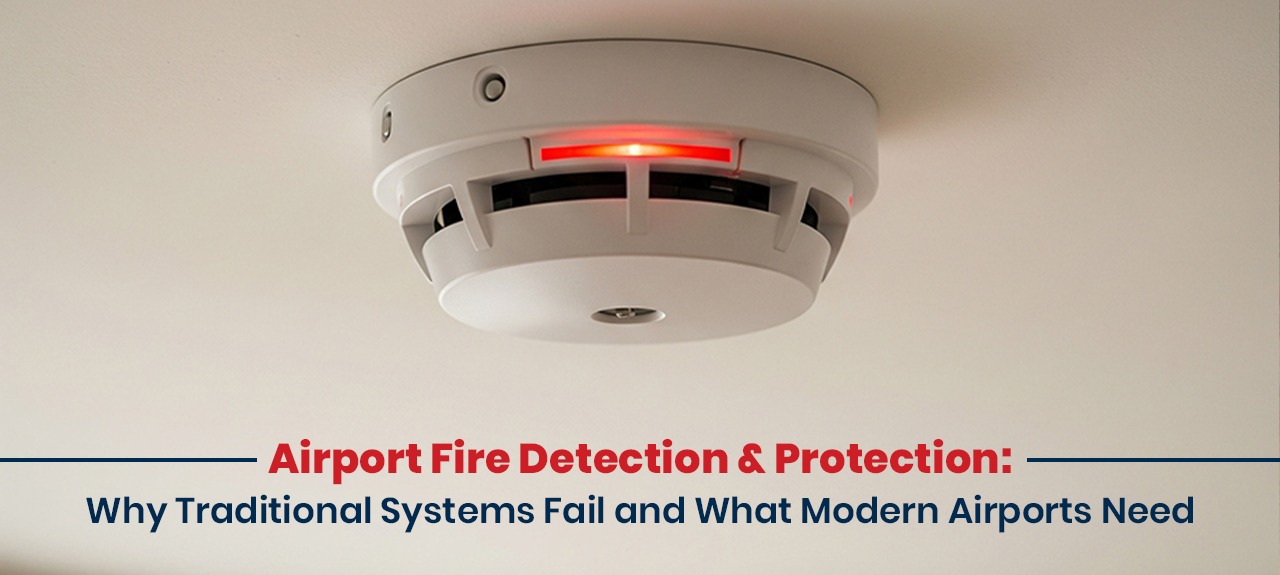
Fire detection and protection in airports has too often been treated as a compliance item rather than an operational strategy.
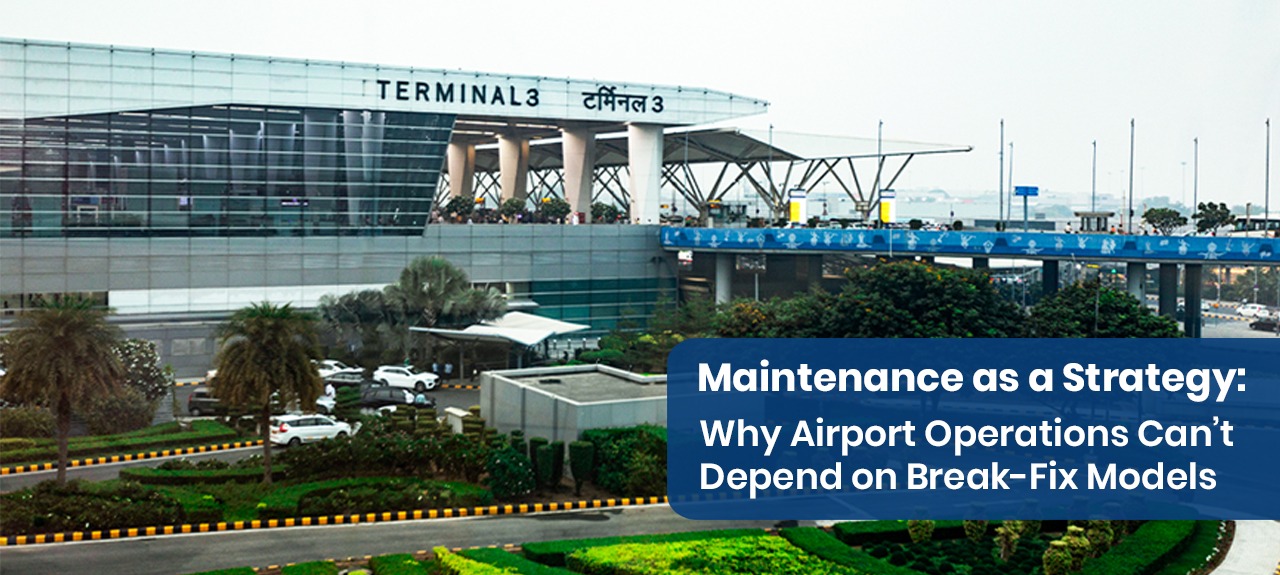
Airports cannot sustainably rely on break-fix maintenance. The complexity of modern airport systems, the cost of unscheduled downtime...
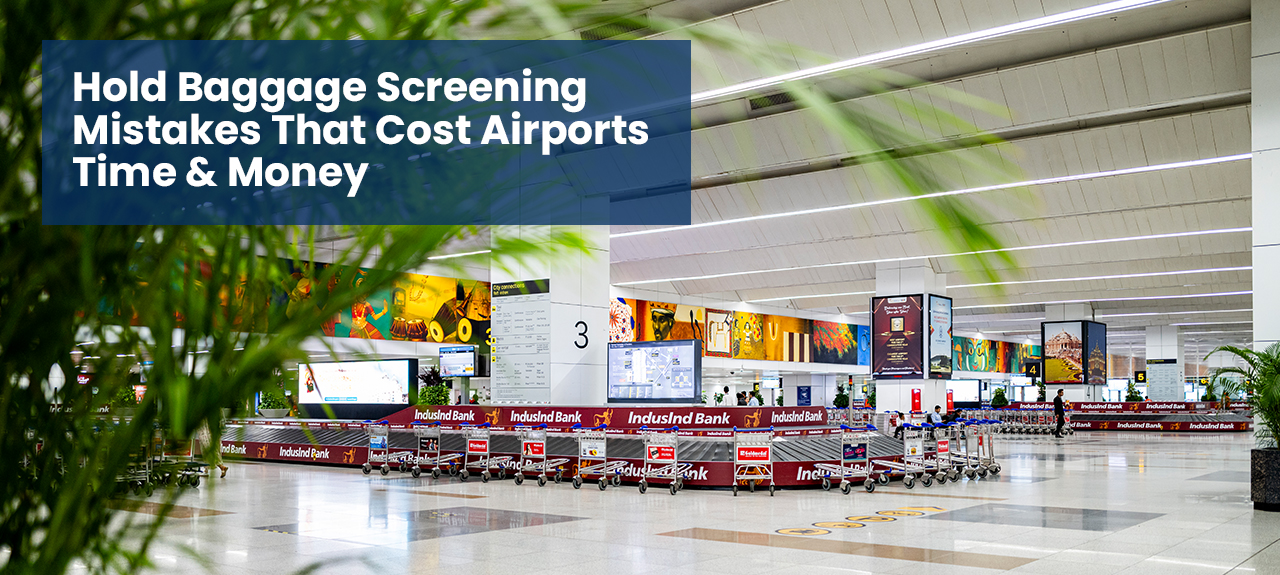
Airports today must process growing passenger volumes while meeting increasingly stringent security requirements often with limited space, staff and recovery time.
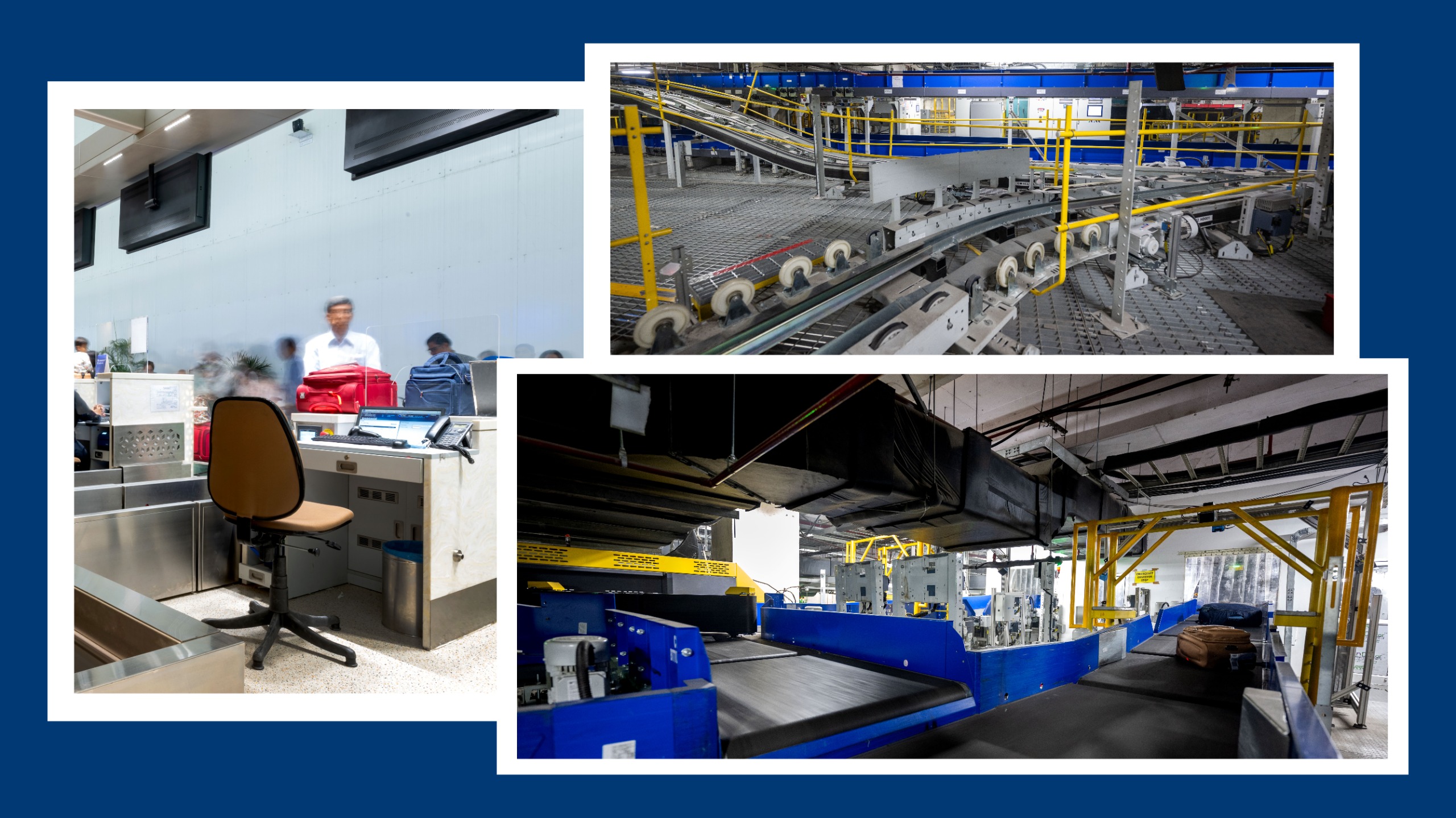
Airports depend on the smooth flow of baggage just as much as they rely on runway efficiency or security performance. When even a small component...
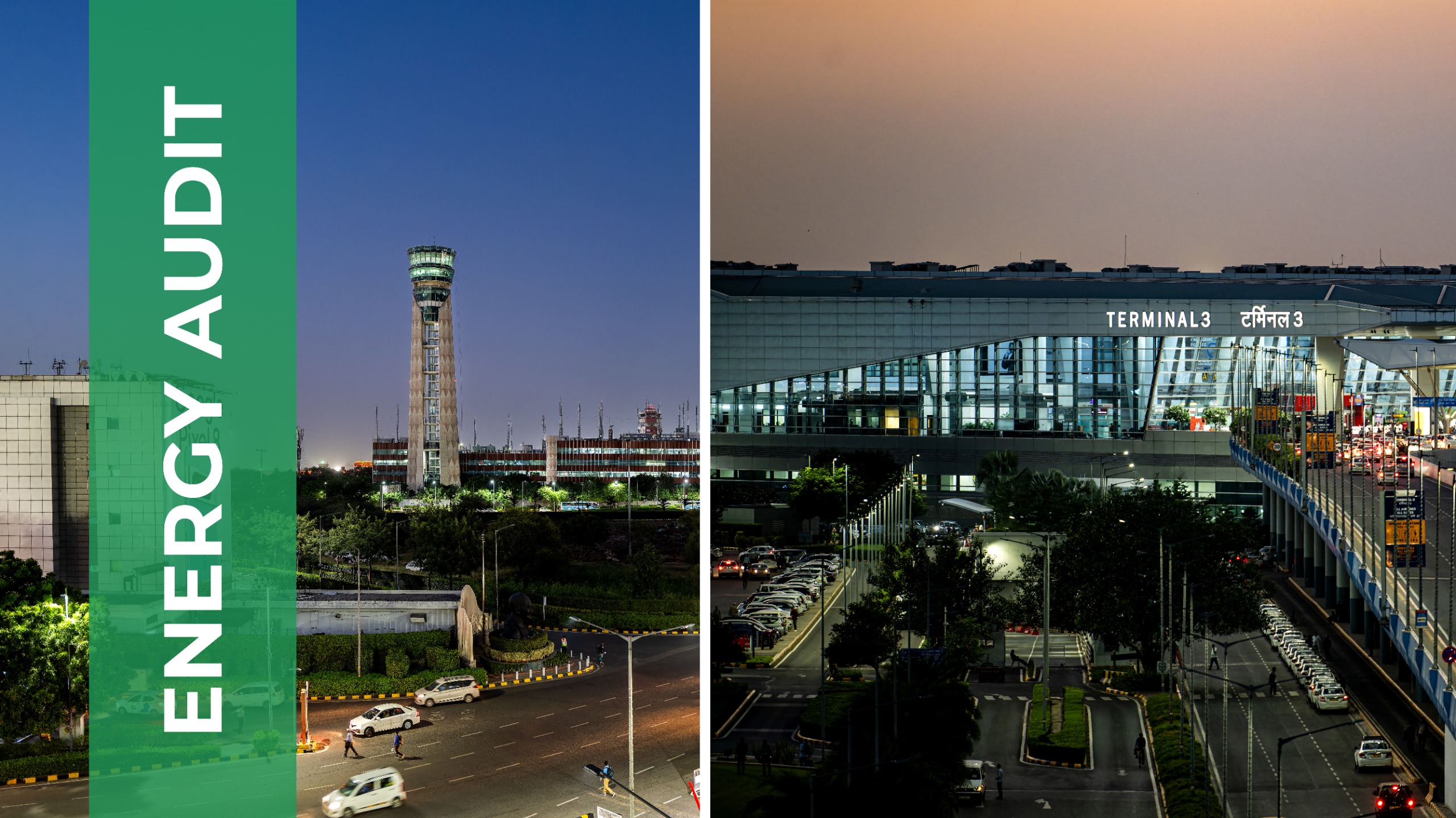
For most airport operators, energy efficiency is not the first topic that comes to mind when discussing operational resilience or revenue protection.
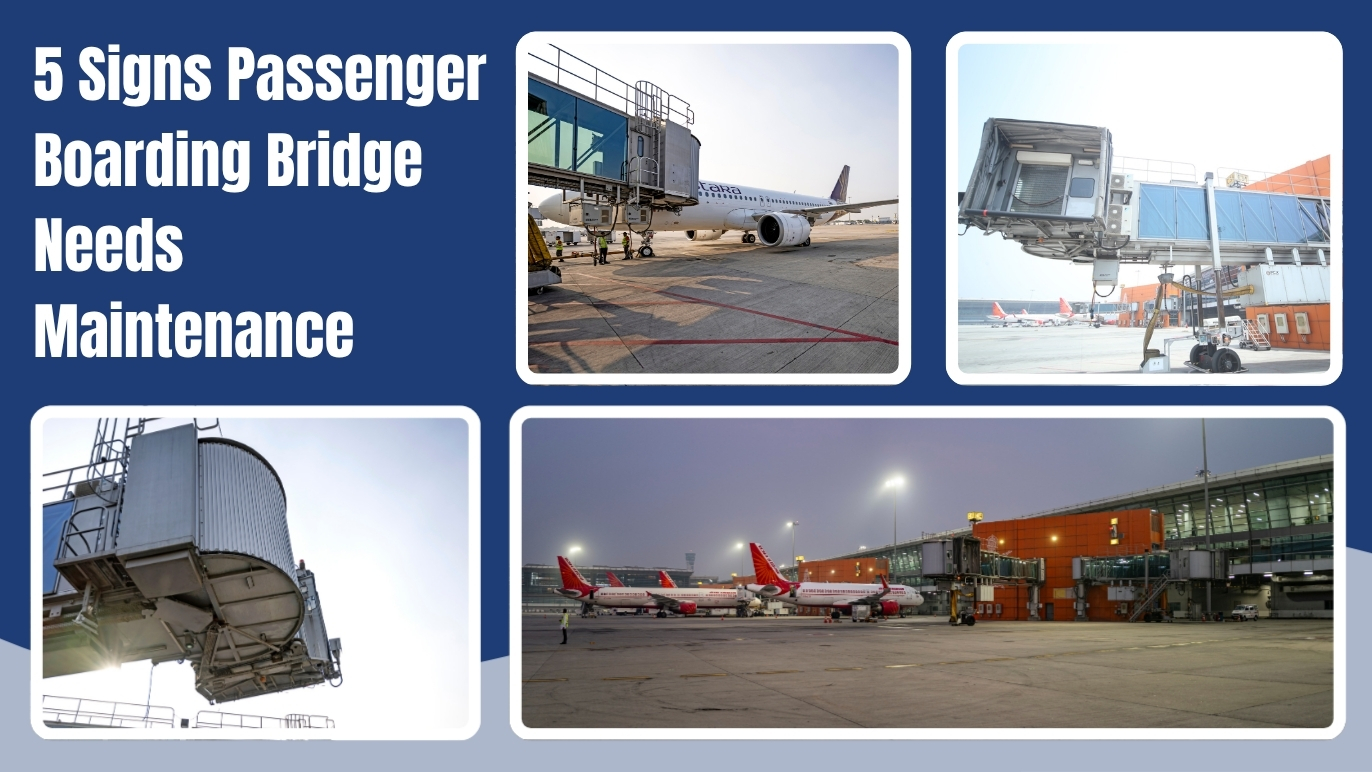
Passenger Boarding Bridges (PBBs) are among the most heavily used assets in an airport environment. They operate through thousands of cycles each year...
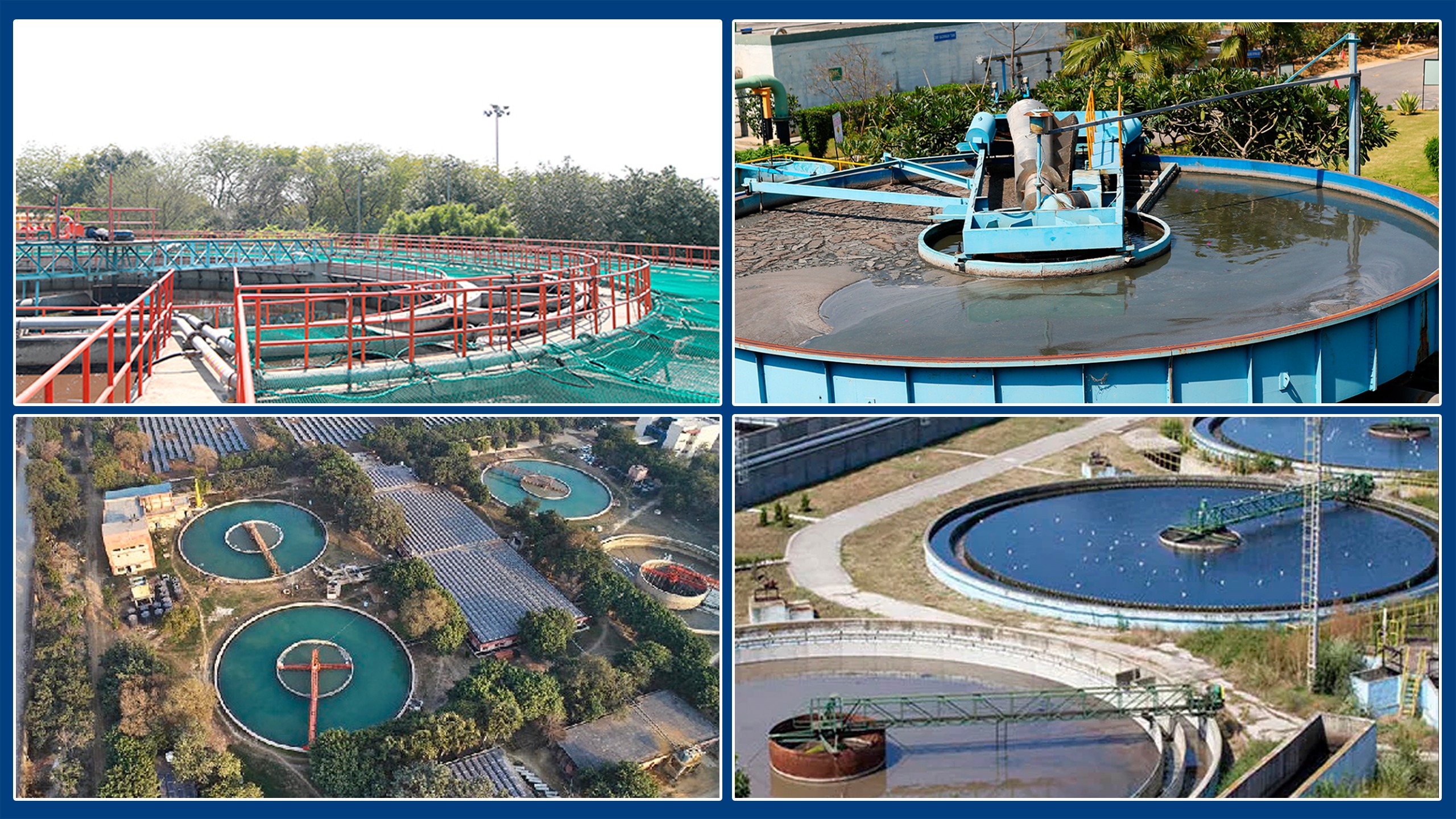
The wastewater management sector faces a critical infrastructure deficit which stands as a major obstacle for rapidly urbanizing economies.
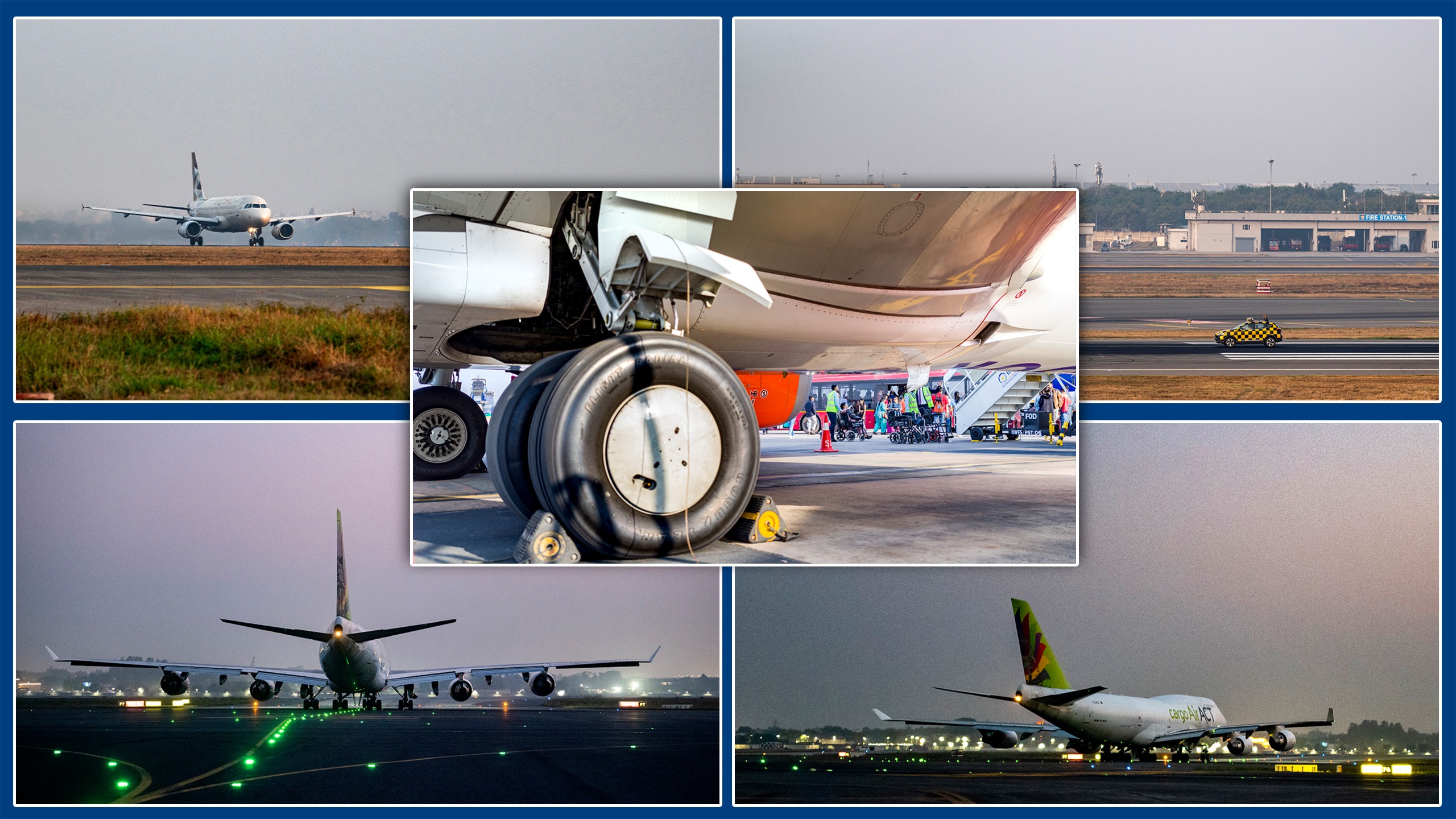
Every landing aircraft leaves behind a molecular signature on the runway, a thin film of rubber shed from high-speed tires.
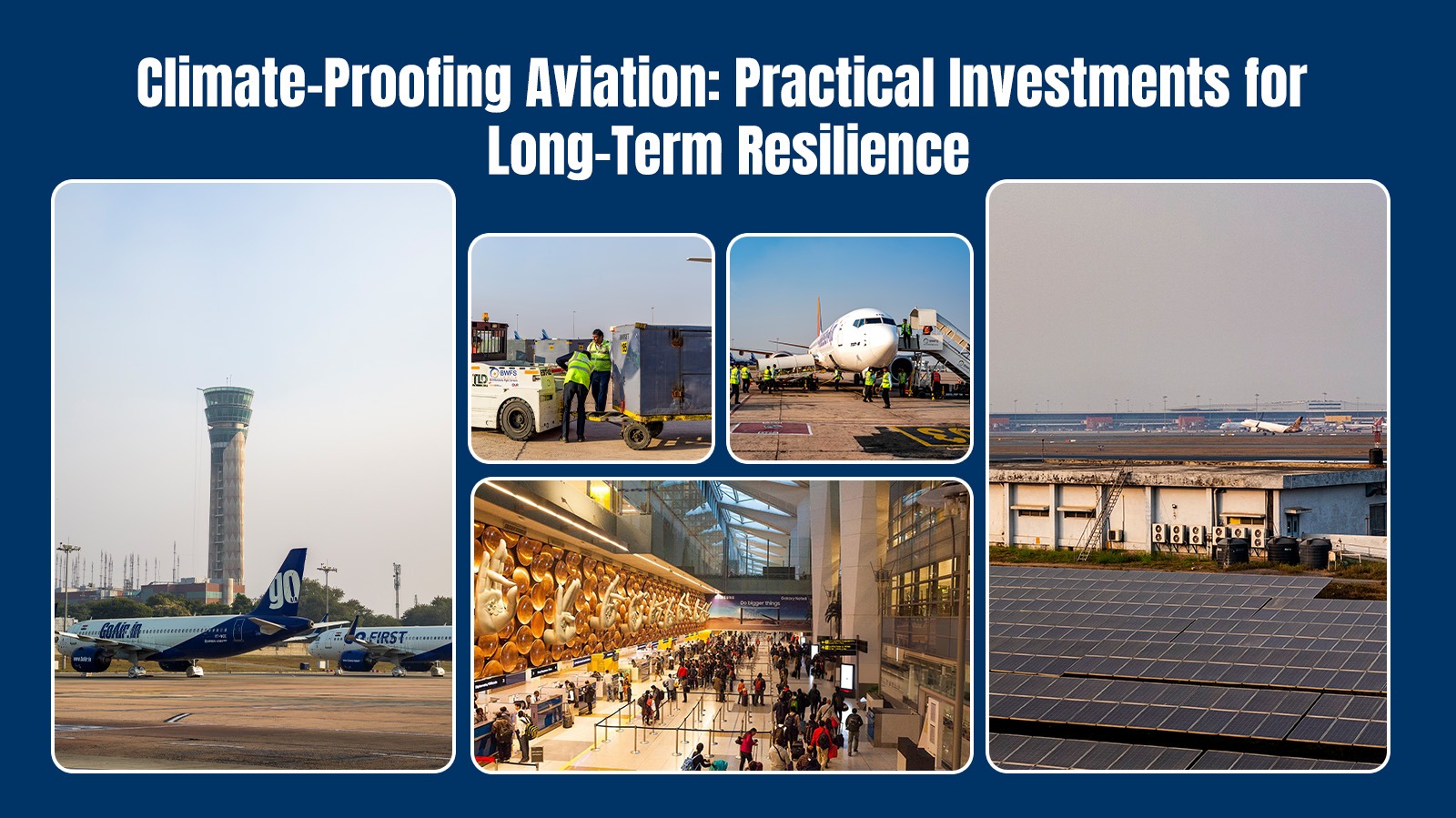
Runways buckling under record heat. Aircraft grounded because take-off performance limits are exceeded. Taxiways submerged within hours after cloudbursts.